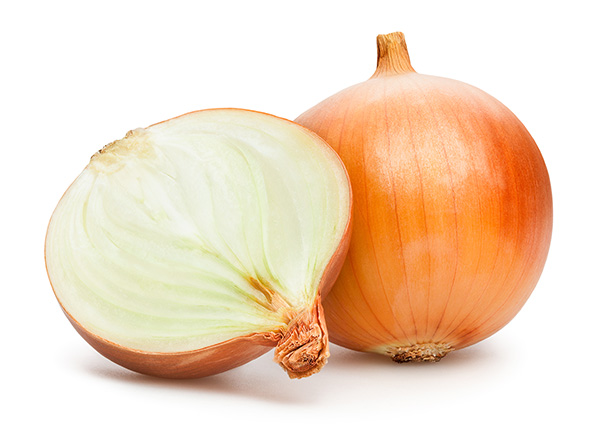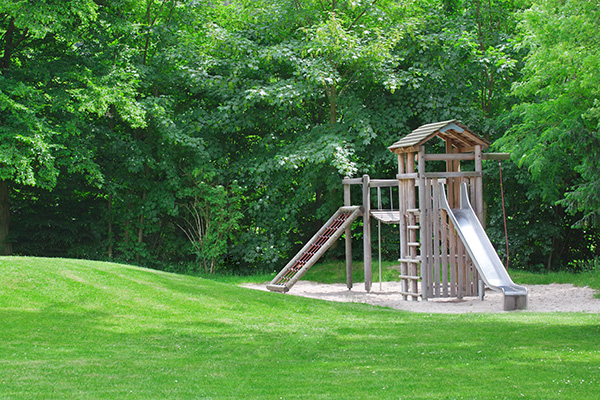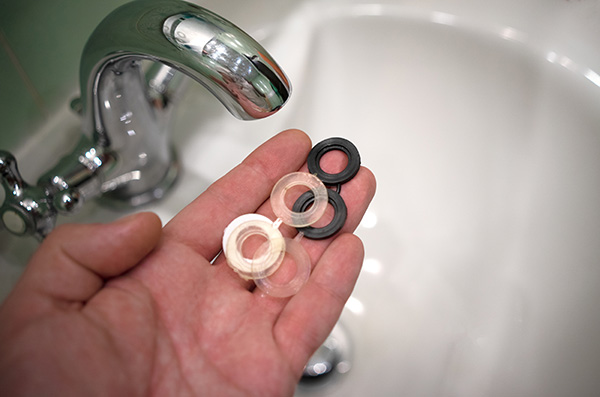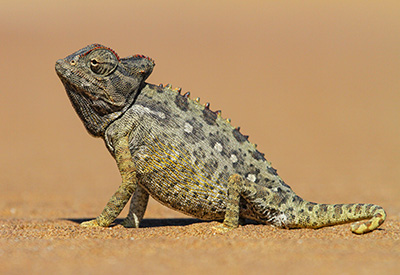FOR IMMEDIATE RELEASE
“Drying Drops of Paint Suspension: From “Fried Eggs” to Quasi-Homogeneous Patterns”
Langmuir
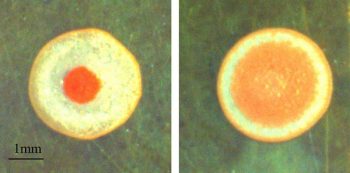
A coffee spill leaves behind a dark stain around the puddle’s edge when it dries. But as drops of paint dry, some look like “fried eggs,” with “yolks” of color surrounded by pristine white halos, whereas others appear uniform. To understand this variability, researchers reporting in ACS’ Langmuir literally watched paint dry. They found that pigment concentration and temperature impacted how the liquid gelled and evaporated, information that could help control patterns in dried paint.
Paint contains a mixture of substances, including resins, pigments, additives and a solvent, such as water. Because of paint’s complex composition, various chemical interactions are at play as paint drops evaporate, which can sometimes lead to undesirable patterns or small cracks. Generally, artists and home painters want even, uniform pigment distribution after paint is applied to a surface. But it’s not really clear how to avoid patterns from forming as the liquid dries. So, Stella Ramos, Catherine Barentin and colleagues wanted to investigate the factors that impact the evaporation of a water-based paint.
The researchers prepared five mixtures of a water-based acrylic paint and water, and then dropped the solutions onto heated glass slides. As the liquid evaporated, they analyzed and photographed the deposits, and observed three phenomena:
- Initially, there were dueling inward and outward flows of the liquid: inward flow from the hot substrate to the cooler top of the droplet, and an outward pull from capillary flow.
- Eventually, gelation of the paint suspension increased the viscosity and slowed pigment movement.
- The final drying step locked the pigments into place on the slide’s surface.
Both pigment amount and the glass’s surface temperature impacted the size, shape and pattern of the dried paint drops. The researchers saw that drops with lower pigment concentrations or deposited on the lowest temperature surface of 86 degrees Fahrenheit accumulated colorful molecules in the center, giving them a “fried egg” appearance. With more pigment and higher temperatures, up to 176 degrees Fahrenheit, the dried pattern was more uniform and had even color distribution through the whole circle. To control the appearance of dried paint, the researchers say that pigment concentration and surface temperature could be adjusted, depending on the final pattern that’s desired.
The authors do not acknowledge a funding source for this study.
###
The American Chemical Society (ACS) is a nonprofit organization chartered by the U.S. Congress. ACS’ mission is to advance the broader chemistry enterprise and its practitioners for the benefit of Earth and all its people. The Society is a global leader in promoting excellence in science education and providing access to chemistry-related information and research through its multiple research solutions, peer-reviewed journals, scientific conferences, eBooks and weekly news periodical Chemical & Engineering News. ACS journals are among the most cited, most trusted and most read within the scientific literature; however, ACS itself does not conduct chemical research. As a leader in scientific information solutions, its CAS division partners with global innovators to accelerate breakthroughs by curating, connecting and analyzing the world’s scientific knowledge. ACS’ main offices are in Washington, D.C., and Columbus, Ohio.
To automatically receive press releases from the American Chemical Society, contact newsroom@acs.org.
Note: ACS does not conduct research, but publishes and publicizes peer-reviewed scientific studies.


